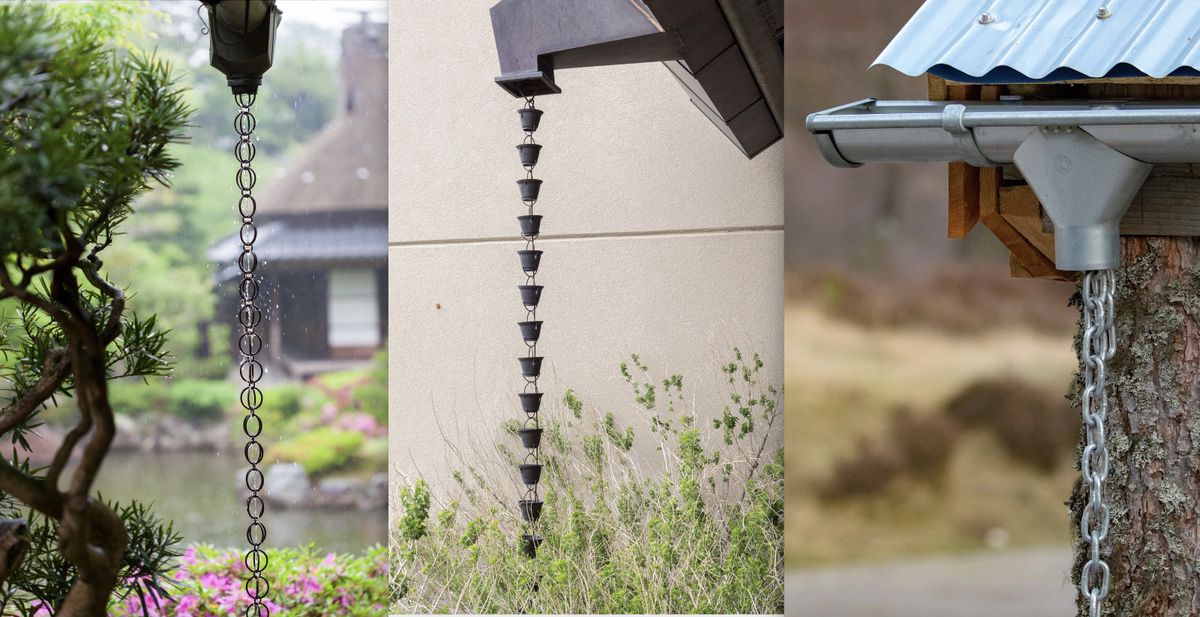

Articles
How Do Rain Chains Work Without Gutters
Modified: December 7, 2023
Discover how rain chains work without gutters with our informative articles. Learn the benefits and installation process. Explore now!
(Many of the links in this article redirect to a specific reviewed product. Your purchase of these products through affiliate links helps to generate commission for Storables.com, at no extra cost. Learn more)
Introduction
When it comes to managing rainwater around your home, gutters have long been the go-to solution. However, an alternative and visually appealing option has gained popularity in recent years: rain chains. These decorative chains have been used for centuries in Japan and are now becoming a popular choice in other parts of the world.
Rain chains are not only functional but also add a touch of elegance and charm to your home’s exterior. They offer an aesthetically pleasing alternative to traditional downspouts and are more environmentally friendly. In addition, rain chains can be used without gutters, allowing you to enjoy the beauty and functionality of rain chains even if your home does not have gutter systems.
In this article, we will explore how rain chains work without gutters, the benefits of using them, factors to consider, the installation process, and maintenance tips to keep them functioning optimally.
Key Takeaways:
- Rain chains without gutters offer an aesthetically pleasing and eco-friendly alternative to traditional downspouts, enhancing the beauty of your outdoor space while contributing to sustainable water management.
- By directing rainwater in a controlled manner, rain chains without gutters prevent erosion, minimize water pooling, and protect your home’s foundation, all while creating a soothing ambiance with their gentle tinkling sound.
Read more: How To Collect Rain Water Without Gutters
What are rain chains?
Rain chains, also known as Kusari-doi, are decorative alternatives to traditional downspouts that are used to guide rainwater from the roof to the ground. Originating in Japan, rain chains have a long history and are often seen in traditional Japanese gardens and temples. They are typically made of metal or other durable materials and consist of a series of interconnected cups, links, or decorative elements that allow rainwater to flow down in a controlled manner.
The design of rain chains varies widely, ranging from simple and minimalistic to intricate and ornate. Some common designs include cup-style rain chains, where rainwater cascades from one cup to another, creating a soothing waterfall effect. Another popular design is the link-style rain chain, where individual links are connected to form a chain, allowing rainwater to travel smoothly along its length.
One of the key features of rain chains is their ability to create a gentle and calming sound as rainwater cascades through the chain. This gentle tinkling sound adds a delightful and soothing element to your outdoor space, enhancing the overall ambiance.
Rain chains offer a unique and attractive alternative to traditional downspouts, bringing an element of beauty and elegance to your home’s exterior. They can be customized to match your personal style and can be a focal point of your outdoor decor.
While rain chains are primarily used for their aesthetic appeal, they also serve a functional purpose by effectively channeling rainwater away from your roof and foundation. By slowing down the flow of water, rain chains help to prevent erosion and minimize the amount of water pooling around the base of your home.
Now that we understand what rain chains are, let’s dive deeper into how they work without the need for gutters.
How do rain chains work?
Rain chains function by directing the flow of rainwater from the roof to the ground in a controlled and decorative manner. Unlike traditional downspouts that are often hidden, rain chains are designed to be visible and add an aesthetic appeal to your home’s exterior.
When rain falls on the roof, it flows down into the rain chain instead of being collected in a gutter. The rainwater clings to the chain’s surface and follows the path of least resistance as it moves downward. Depending on the design of the rain chain, the water can flow through various interconnected cups, links, or decorative elements, creating a visually appealing cascade effect.
As the rainwater travels along the rain chain, it creates a gentle tinkling sound, adding a soothing and calming element to the outdoor space. This peaceful sound can create a relaxing ambiance, making rain chains a delightful addition to your garden or patio.
Without the presence of gutters, rain chains rely on gravity to guide the water flow. The length and design of the rain chain play a significant role in determining how effectively it channels the rainwater away from your roof and foundation.
To ensure optimal functionality, it is important to position the rain chain in a location where it can effectively capture the falling rainwater. This typically involves securing the rain chain to a downspout outlet or attaching it to an existing structure, such as a beam or eave. By doing so, you can ensure that the rainwater effectively flows through the rain chain and is directed away from your home’s foundation.
Now that we understand how rain chains work, let’s explore the benefits of using rain chains without gutters.
Benefits of using rain chains without gutters
Using rain chains without gutters offers a range of benefits that go beyond just functionality. Let’s take a closer look at why you might consider incorporating rain chains into your home’s rainwater management system:
- Aesthetically pleasing: Rain chains add a touch of beauty and elegance to your home’s exterior. They come in various designs and materials that can complement your outdoor decor and create a visually captivating focal point. Rain chains are often considered a piece of art, enhancing the overall aesthetics of your home with their unique and decorative elements.
- Environmentally friendly: Rain chains promote sustainable water management by allowing rainwater to be collected and utilized for other purposes. You can position a rain barrel or container below the rain chain to capture the water for watering plants or other outdoor uses. By utilizing rainwater, you can reduce your reliance on municipal water sources and contribute to water conservation efforts.
- Reduced maintenance: Rain chains without gutters require less maintenance compared to traditional downspouts. Gutters can easily accumulate debris, causing clogs and necessitating regular cleaning. In contrast, rain chains are less prone to clogging as they have larger openings that allow debris to pass through more easily. Nonetheless, occasional cleaning or rinsing may still be required to ensure optimal functioning.
- Improved drainage: Rain chains facilitate the efficient flow of rainwater, preventing water from pooling around your foundation. This helps to protect your home’s structure from water damage and potential foundation issues. The controlled water flow provided by rain chains allows rainwater to be dispersed evenly, minimizing erosion and preventing concentrated runoff.
- Customizable and versatile: Rain chains offer a wide range of design options, allowing you to personalize your outdoor space. Whether you prefer a modern, minimalist look or a more intricate and ornate design, there is a rain chain style that suits your preferences. You can also adjust the length of the rain chain to fit the specific requirements of your home or landscape.
- Enhanced outdoor experience: The gentle sound of the water cascading through the rain chain adds a tranquil and soothing element to your outdoor space. It creates a relaxing ambiance that can be enjoyed from your patio, garden, or other areas around your home. Rain chains bring a sense of calm and serenity, allowing you to connect with nature even during rainfall.
Considering these benefits, it’s no wonder that many homeowners are opting to use rain chains without gutters as a stylish and functional alternative for rainwater management.
Now, let’s explore some important factors to consider when using rain chains without gutters.
Rain chains work by guiding water from the roof to the ground in a decorative and efficient manner. They can be used without gutters by attaching them directly to the roof overhang or by using a specially designed rain chain basin.
Factors to consider when using rain chains without gutters
While rain chains without gutters offer several advantages, it’s important to consider certain factors to ensure their effective and proper functioning. Here are some key considerations:
- Rainfall intensity: The intensity of rainfall in your region is an important factor to consider when using rain chains without gutters. If you experience heavy downpours or live in an area with a high annual rainfall, it’s crucial to ensure that the rain chains can handle the volume of water without causing overflow or excessive splashing.
- Water flow direction: Without gutters, it’s important to consider how water will flow from the roof to the rain chain. Ensure that the rain chains are positioned in a way that allows for proper water flow and directs the water away from your home’s foundation. Consider the slope of your roof and any landscaping features that may affect the water flow.
- Roof size and design: The size and design of your roof can impact the effectiveness of rain chains without gutters. Large roofs or roofs with multiple pitches may require multiple rain chains or longer chains to appropriately handle the water flow. Assess the size and design of your roof to determine the appropriate number and length of rain chains needed.
- Chains and attachments: Choose rain chains that are sturdy and durable to withstand the weather conditions in your area. The materials and construction of the rain chains are important factors to consider, as they should be able to withstand rainfall, wind, and other environmental factors. Additionally, ensure that the attachments and support systems for the rain chains are secure and stable.
- Installation height: Consider the height at which the rain chains without gutters will be installed. Ensure that they are positioned at a suitable height to allow for a proper flow of water and to prevent splashing or excessive spray if the water cascades too forcefully.
- Winter conditions: If you live in an area with cold and freezing temperatures, it’s important to consider the impact of winter conditions on rain chains without gutters. Freezing temperatures can cause ice build-up on the chains, affecting their functionality and potentially causing damage. Consider using measures to prevent ice formation, such as applying deicing products or opting for removable rain chains during winter months.
- Regular maintenance: While rain chains without gutters require less maintenance compared to traditional downspouts, it’s still important to periodically inspect and clean them. Remove any debris or leaves that may accumulate in the chains to ensure proper water flow. Additionally, inspect the attachments and support systems for any signs of wear or damage and address them promptly.
By considering these factors, you can ensure the effective and efficient use of rain chains without gutters in managing rainwater around your home.
Now let’s move on to discussing the installation process for rain chains without gutters.
Read more: How To Handle Rain Runoff Without Gutters
Installation process for rain chains without gutters
Installing rain chains without gutters is a relatively straightforward process that can be done by following these steps:
- Choose the location: Determine where you want to install the rain chains. Look for an area near the downspout outlet or an existing structure where the rain chains can be securely attached. Ensure that the location allows for proper water flow and directs the water away from your home’s foundation.
- Prepare the materials: Gather the necessary materials for installation, including the rain chains, attachment hardware (such as hooks or brackets), and any additional accessories or extensions if needed.
- Secure the attachment point: Install the appropriate attachment hardware to secure the rain chains to the chosen location. This could involve attaching hooks to the downspout outlet or using brackets to mount the rain chains on a wall or post. Ensure that the attachment point is secure and stable.
- Hang the rain chains: Attach the rain chains to the hooks or brackets, ensuring that they are level and properly aligned. Adjust the length of the rain chains as needed, depending on the distance from the attachment point to the ground. If required, use extension pieces to reach the desired length.
- Test the water flow: Once the rain chains are hung, simulate rainfall or wait for the next rain shower to check the water flow. Ensure that the water flows smoothly down the rain chains and away from your home’s foundation.
- Make adjustments if necessary: If you notice any issues with the water flow, such as excessive splashing or insufficient drainage, make the necessary adjustments. You may need to adjust the positioning of the rain chains or add additional chains to effectively manage the water flow.
- Regular maintenance: After installation, periodically inspect the rain chains for any debris or leaves that may accumulate. Remove any obstructions to ensure proper water flow. Additionally, check the attachment hardware and rain chains for any signs of wear or damage and address them as needed.
It’s worth noting that the installation process may vary depending on the specific design of the rain chains and the structure of your home. Always refer to the manufacturer’s instructions and guidelines for proper installation.
Now that we’ve covered the installation process, let’s move on to some maintenance tips to keep your rain chains without gutters in optimal condition.
Maintenance tips for rain chains without gutters
Maintaining rain chains without gutters is relatively simple and requires regular inspection and cleaning. By following these maintenance tips, you can ensure that your rain chains remain in optimal condition:
- Inspect regularly: Regularly inspect the rain chains for any damage, wear, or loose attachments. Check for any signs of rust, corrosion, or bending. Address any issues promptly to prevent further damage.
- Clean debris: Remove any debris, leaves, or twigs that may accumulate in the rain chains. This can be done by gently brushing or rinsing the chains with water. Keep the openings and passages clear to ensure proper water flow.
- Prevent ice build-up: In colder climates, ice build-up can affect the functionality of rain chains. Apply a deicing product or gently remove ice formations to prevent damage to the chains. Consider using removable rain chains during winter months to avoid prolonged exposure to freezing temperatures.
- Check attachments: Periodically inspect the attachment hardware, such as hooks or brackets, to ensure they are secure and stable. If necessary, tighten any loose attachments or replace worn-out hardware.
- Trim nearby vegetation: Trim any overhanging branches or nearby vegetation that may interfere with the rain chains. This will prevent leaves or branches from getting entangled in the chains and affecting water flow.
- Monitor water flow: Regularly observe the water flow through the rain chains during rainfall. Ensure that the water is being effectively directed away from your home’s foundation and that there are no excessive splashing or pooling issues.
- Consider accessories: If desired, you can enhance the functionality of rain chains by adding accessories such as rainwater collection basins or splash guards. These can help optimize water collection or mitigate any potential splashing.
- Periodic maintenance: Occasionally, disassemble the rain chains for a more thorough cleaning. This involves removing each individual cup, link, or decorative element and cleaning them with mild soap and water. Allow them to dry completely before reattaching and reinstalling.
By incorporating these maintenance practices into your routine, you can ensure that your rain chains without gutters remain in good condition and continue to function optimally for years to come.
With this, we conclude our discussion on rain chains without gutters. Rain chains offer a visually appealing and eco-friendly alternative for managing rainwater around your home. They not only enhance the aesthetic appeal of your outdoor space but also contribute to sustainable water management.
So, why settle for ordinary downspouts when you can add a touch of elegance and charm with rain chains? Consider incorporating rain chains into your home’s rainwater management system and enjoy the beauty and functionality they provide.
Conclusion
Rain chains without gutters provide a stylish and functional alternative to traditional downspouts for managing rainwater around your home. These decorative chains not only enhance the beauty of your outdoor space but also offer several benefits and advantages.
By directing the flow of rainwater in a controlled manner, rain chains prevent erosion, minimize water pooling, and protect your home’s foundation. They add a touch of elegance and serenity to your surroundings, creating a soothing ambiance with their gentle tinkling sound.
The installation process for rain chains without gutters is relatively simple, and they can be customized to match your personal style. While maintenance is required, it is minimal compared to traditional downspouts.
Using rain chains without gutters brings a range of benefits, including environmental friendliness, reduced maintenance, improved drainage, and enhanced outdoor experiences. They not only serve a functional purpose but also contribute to the overall aesthetics of your home.
When installing rain chains without gutters, it’s important to consider factors such as rainfall intensity, water flow direction, roof size and design, and regular maintenance. By taking these factors into account, you can ensure the effective and proper functioning of your rain chains.
Regular inspection, cleaning debris, preventing ice build-up, and checking attachments are essential maintenance tips to keep your rain chains in optimal condition. By following these maintenance practices, you can ensure that your rain chains without gutters continue to enhance your outdoor space for years to come.
Incorporating rain chains without gutters into your rainwater management system is not only practical but also adds a touch of elegance and charm to your home. So, why settle for ordinary downspouts when you can enhance your outdoor aesthetics and contribute to sustainable water management with rain chains?
Embrace the beauty and functionality of rain chains without gutters and enjoy the soothing sound of rainwater cascading down these decorative chains. Experience the joy of connecting with nature and adding a unique element to your outdoor space.
Consider installing rain chains without gutters and discover the difference they can make in enhancing both the functionality and visual appeal of your home’s rainwater management system.
Frequently Asked Questions about How Do Rain Chains Work Without Gutters
Was this page helpful?
At Storables.com, we guarantee accurate and reliable information. Our content, validated by Expert Board Contributors, is crafted following stringent Editorial Policies. We're committed to providing you with well-researched, expert-backed insights for all your informational needs.
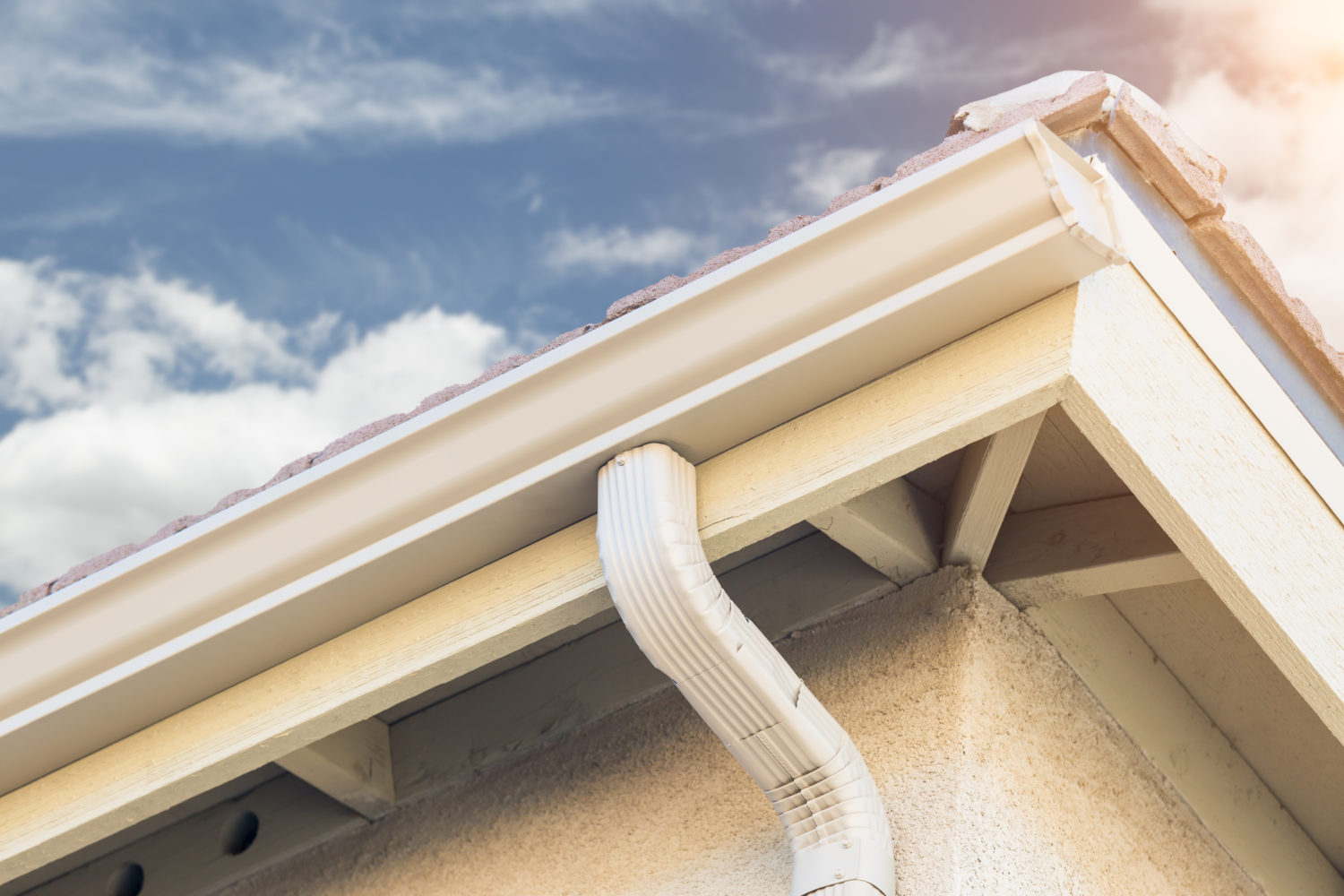
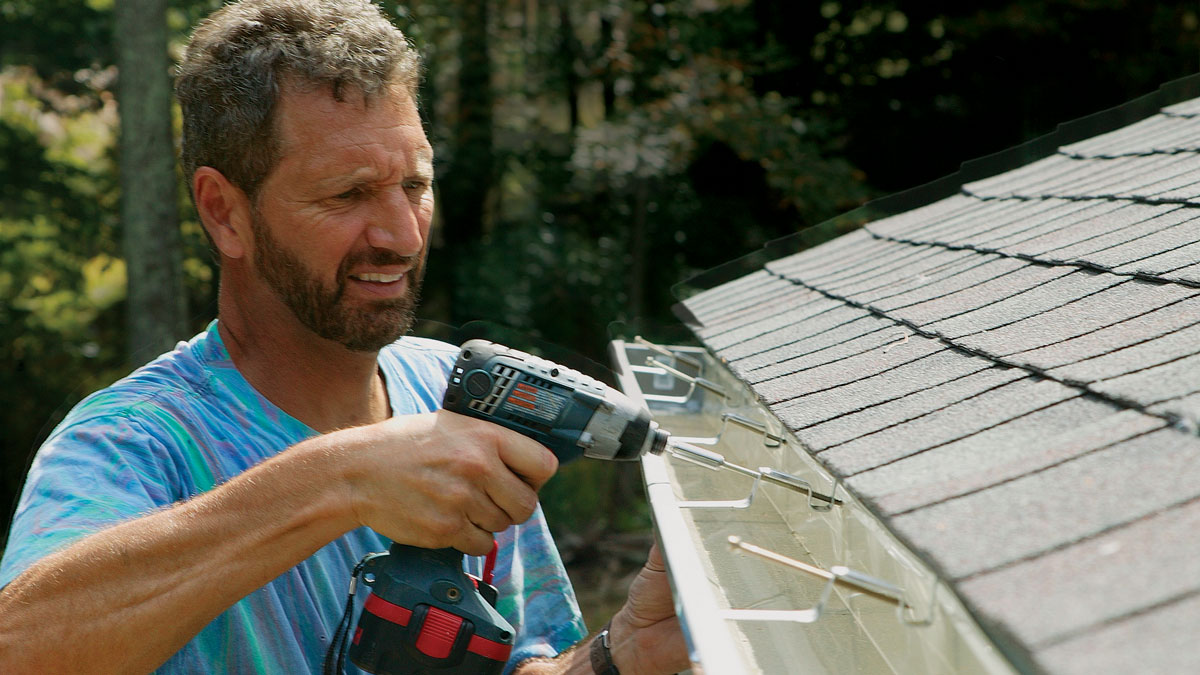
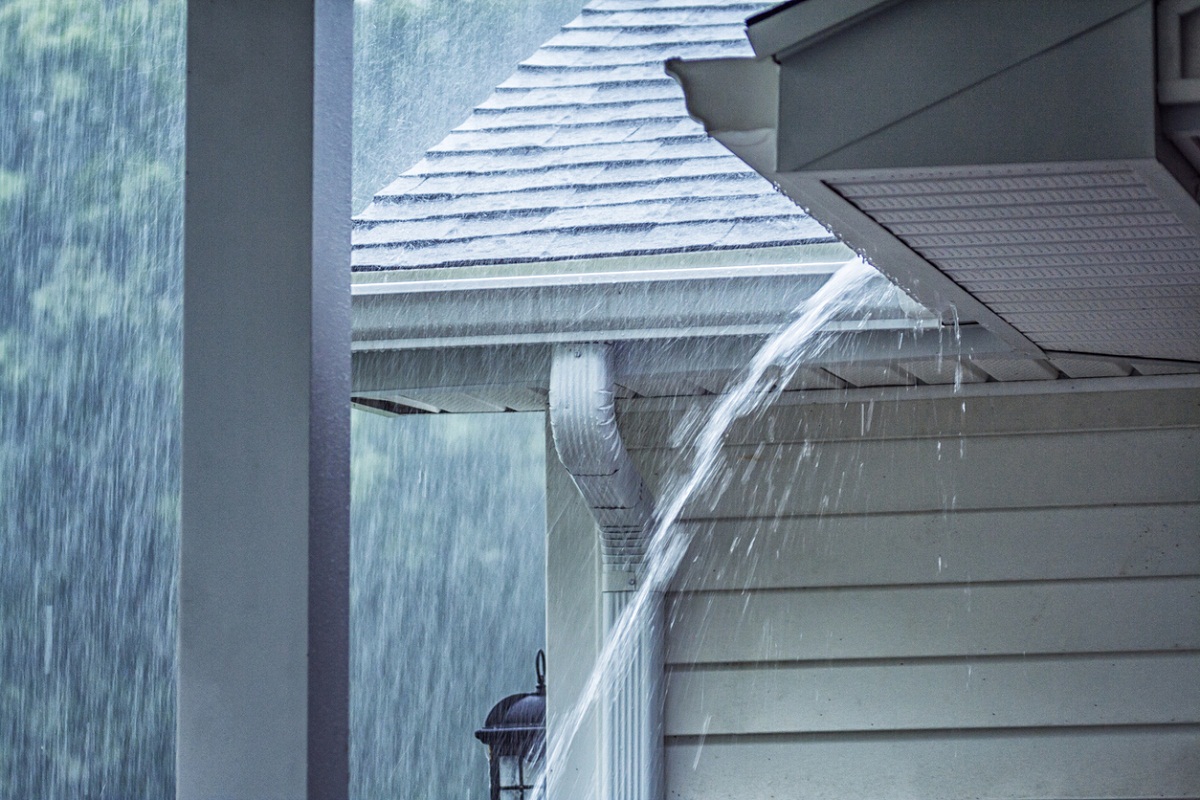
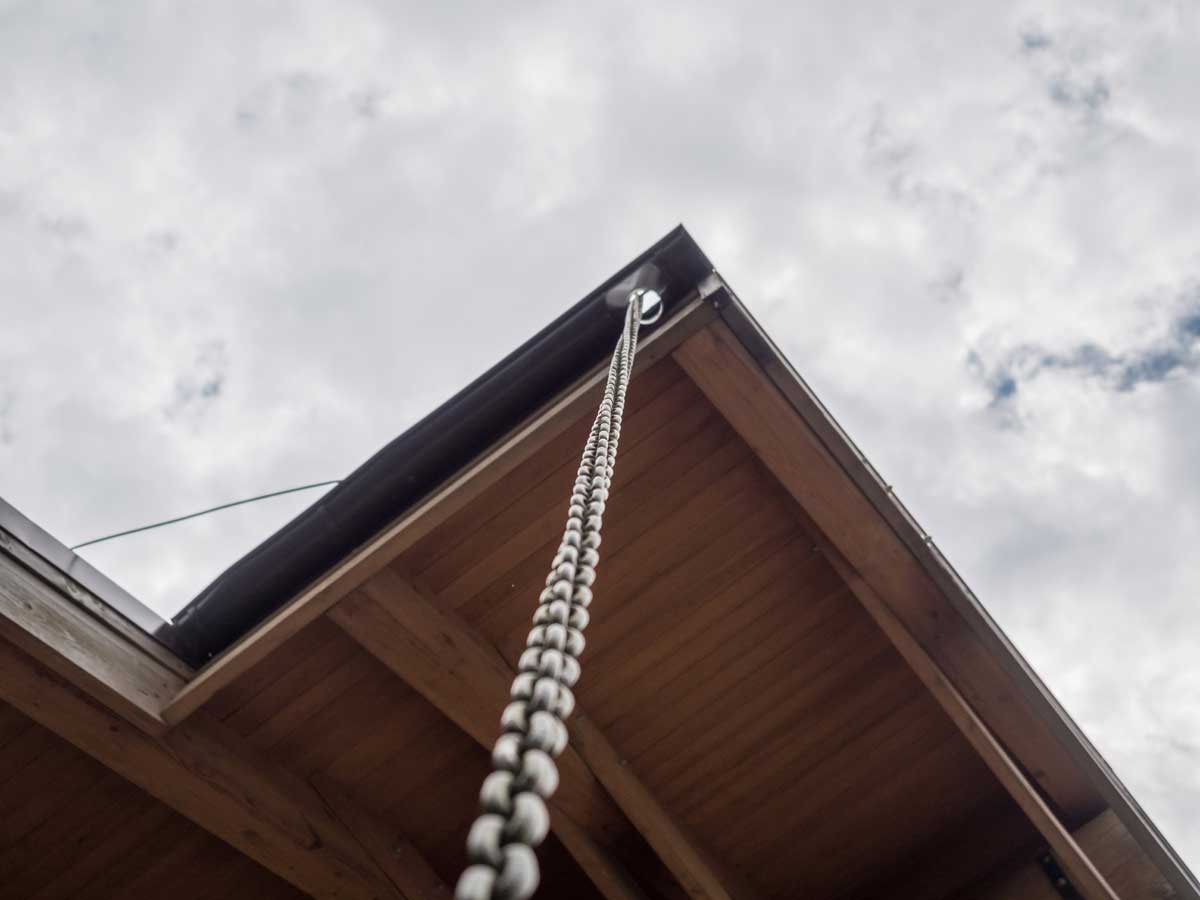
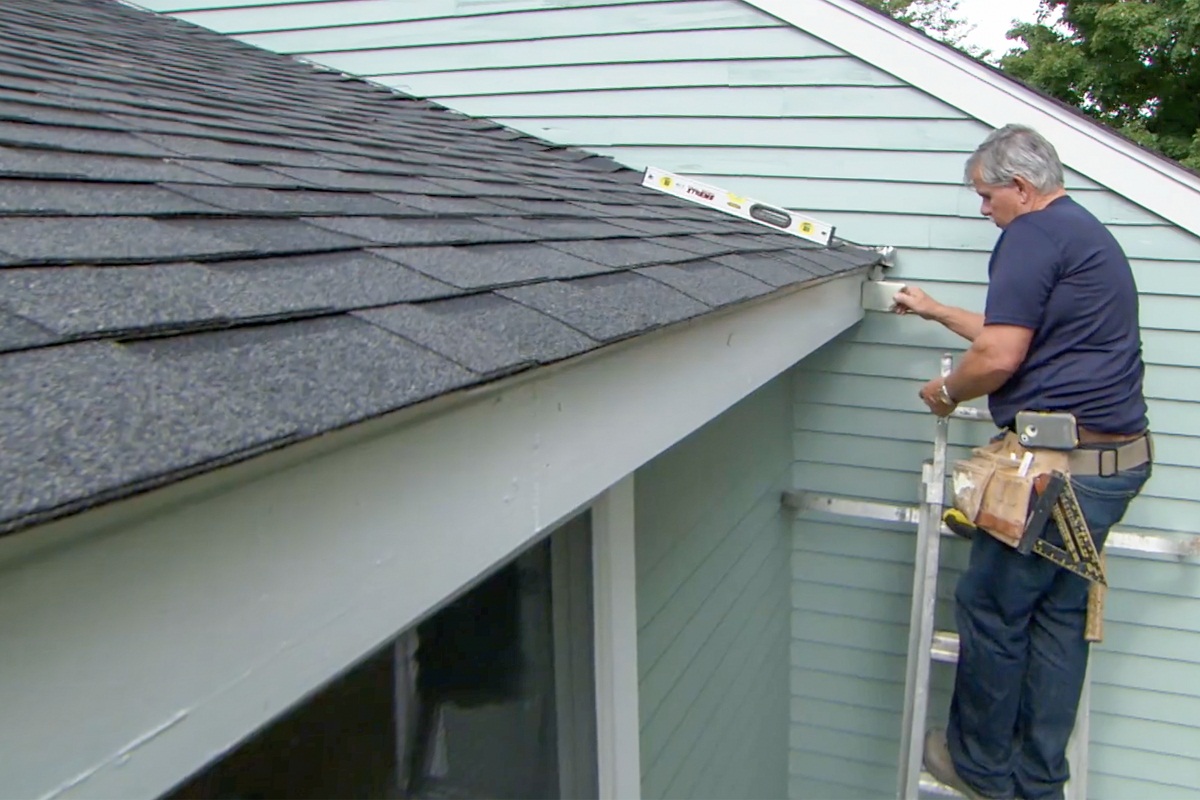
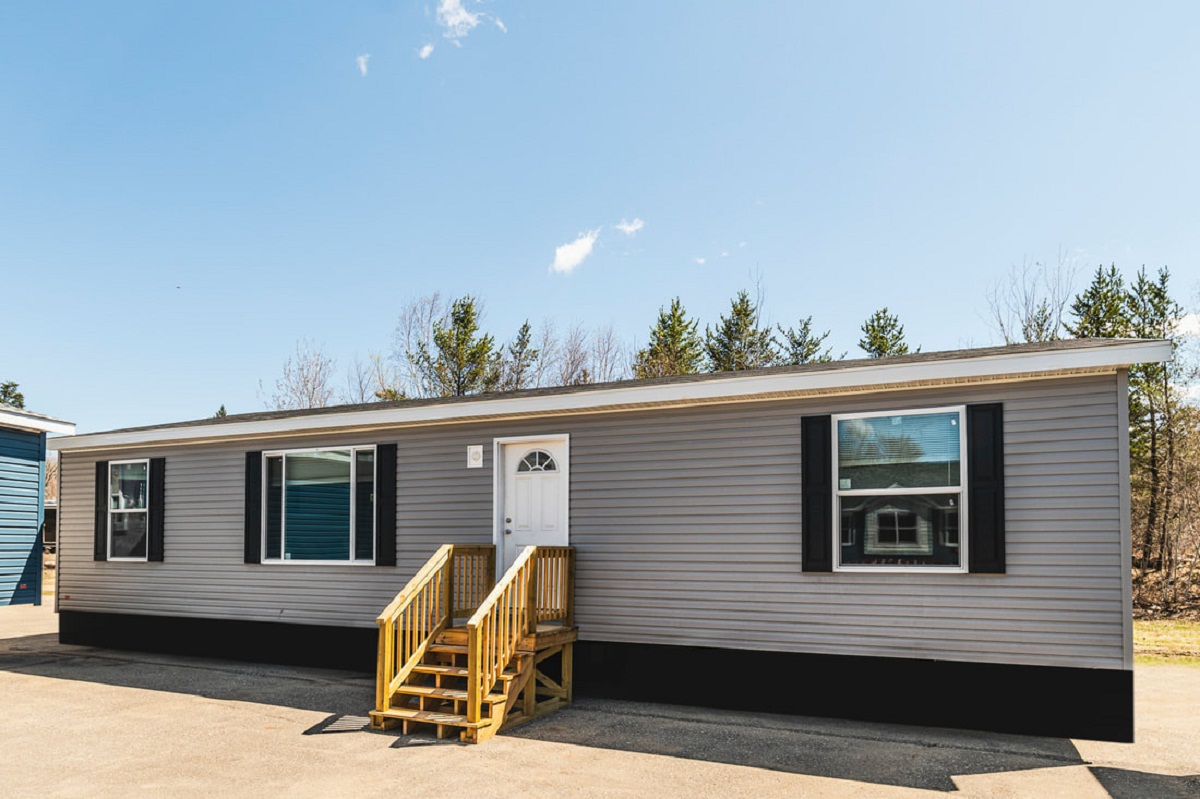
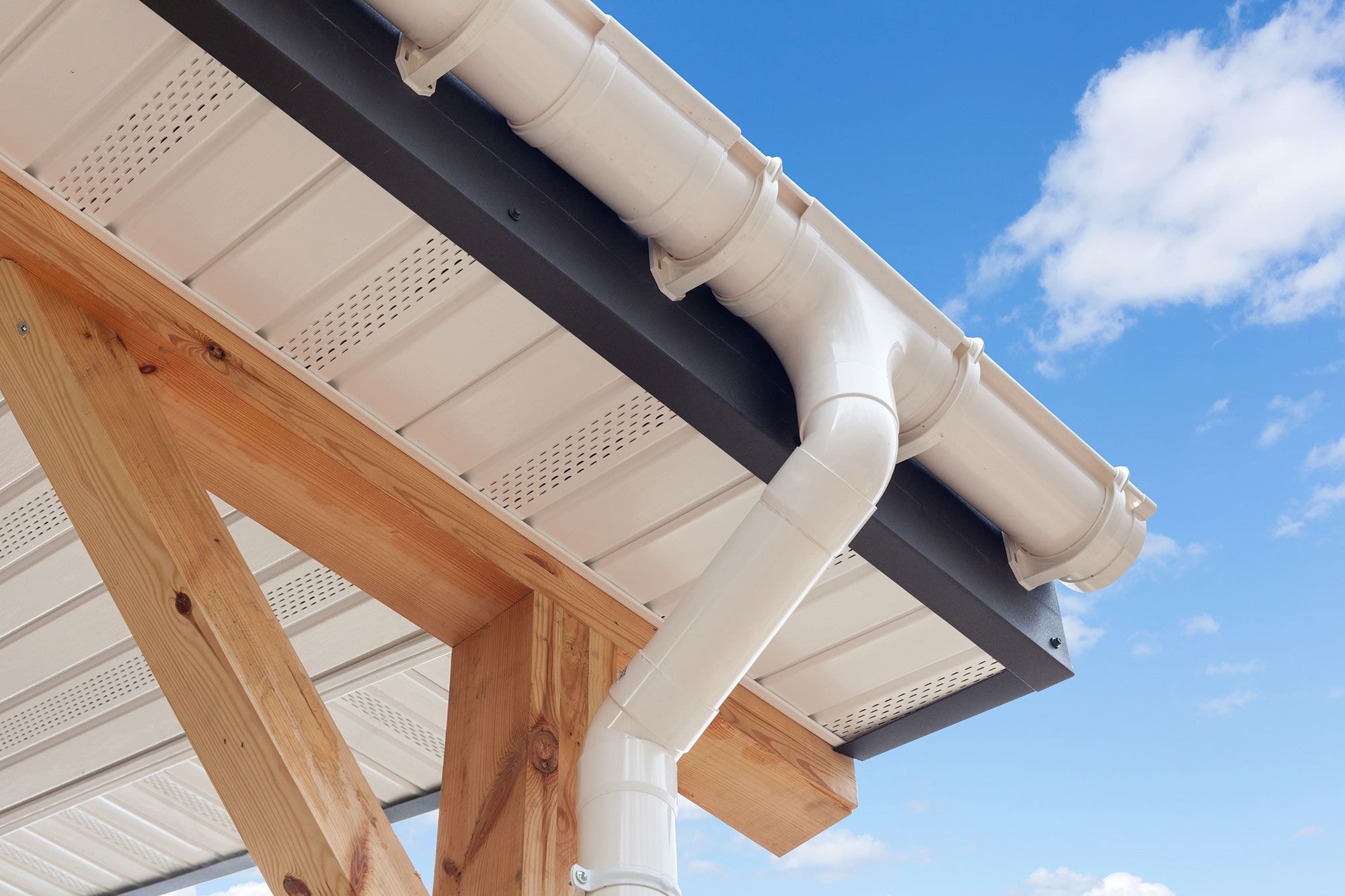
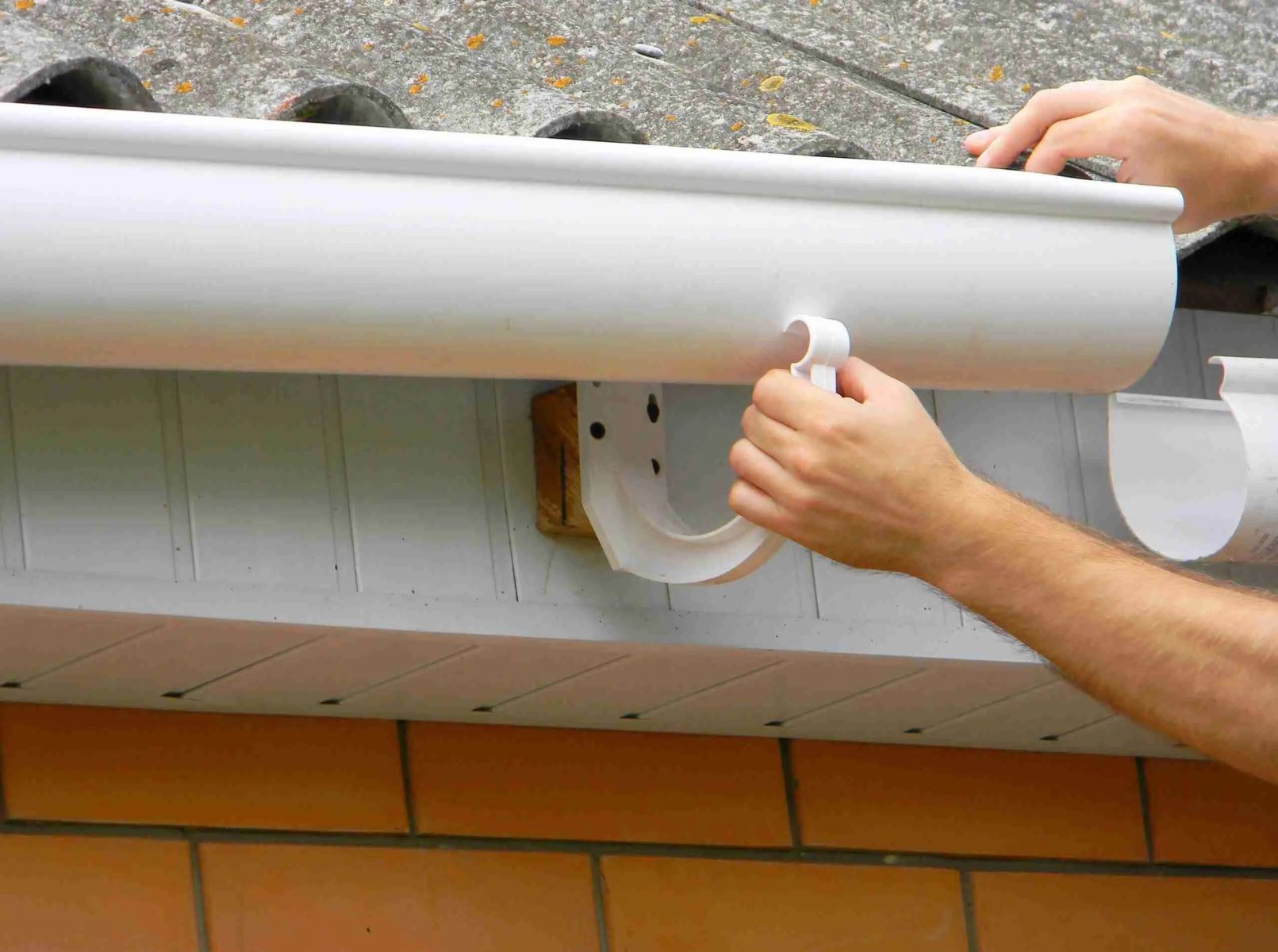
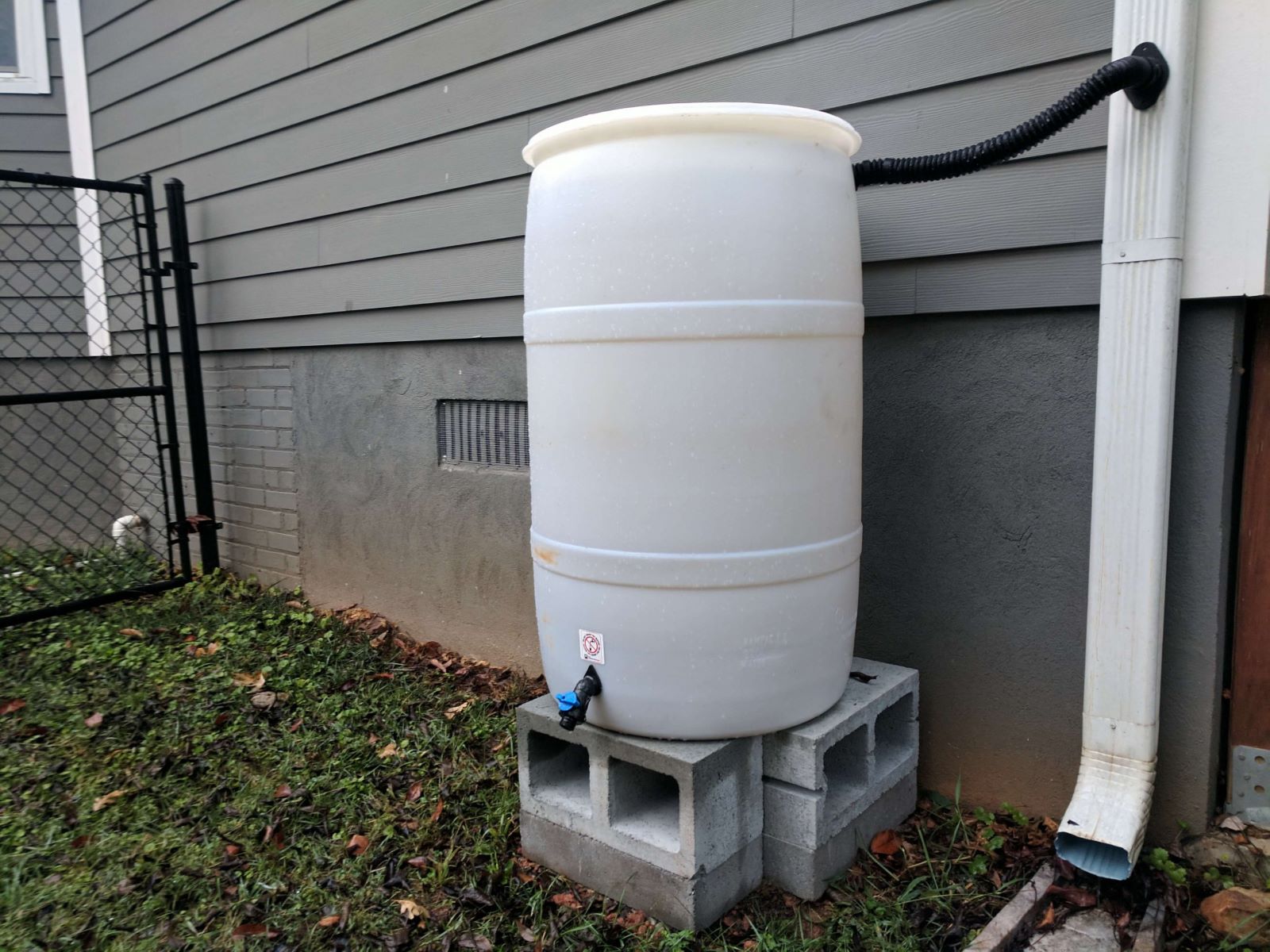
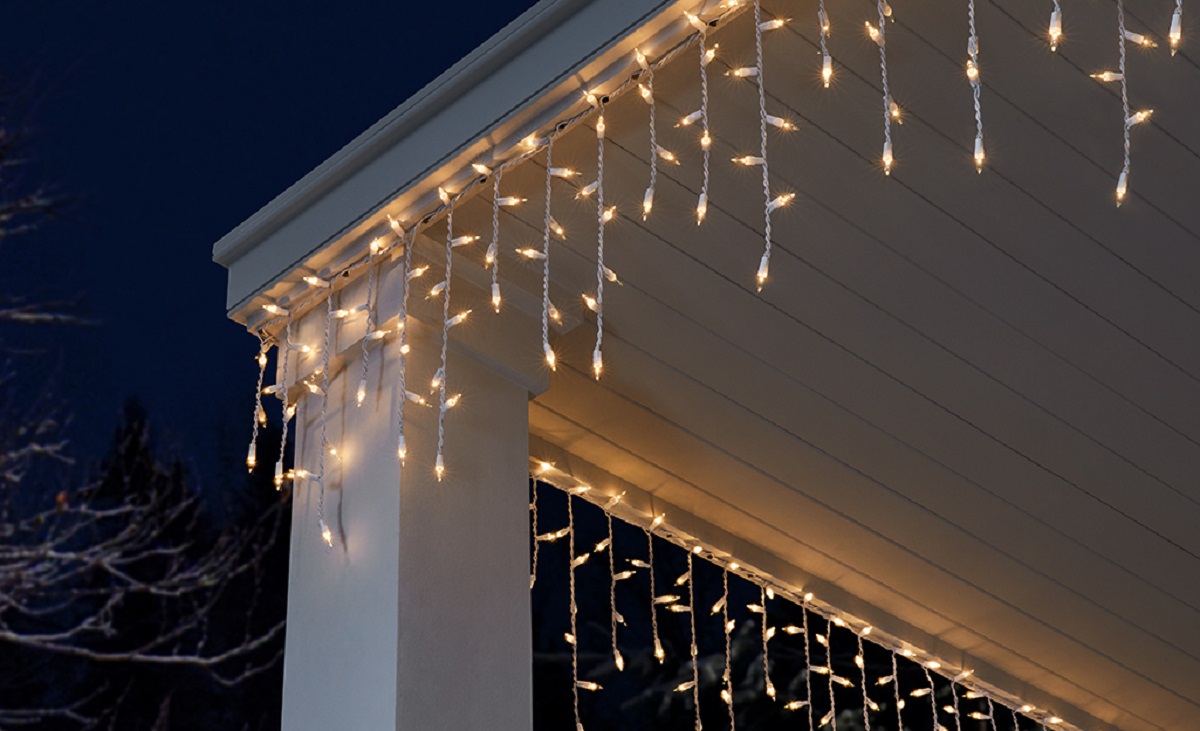
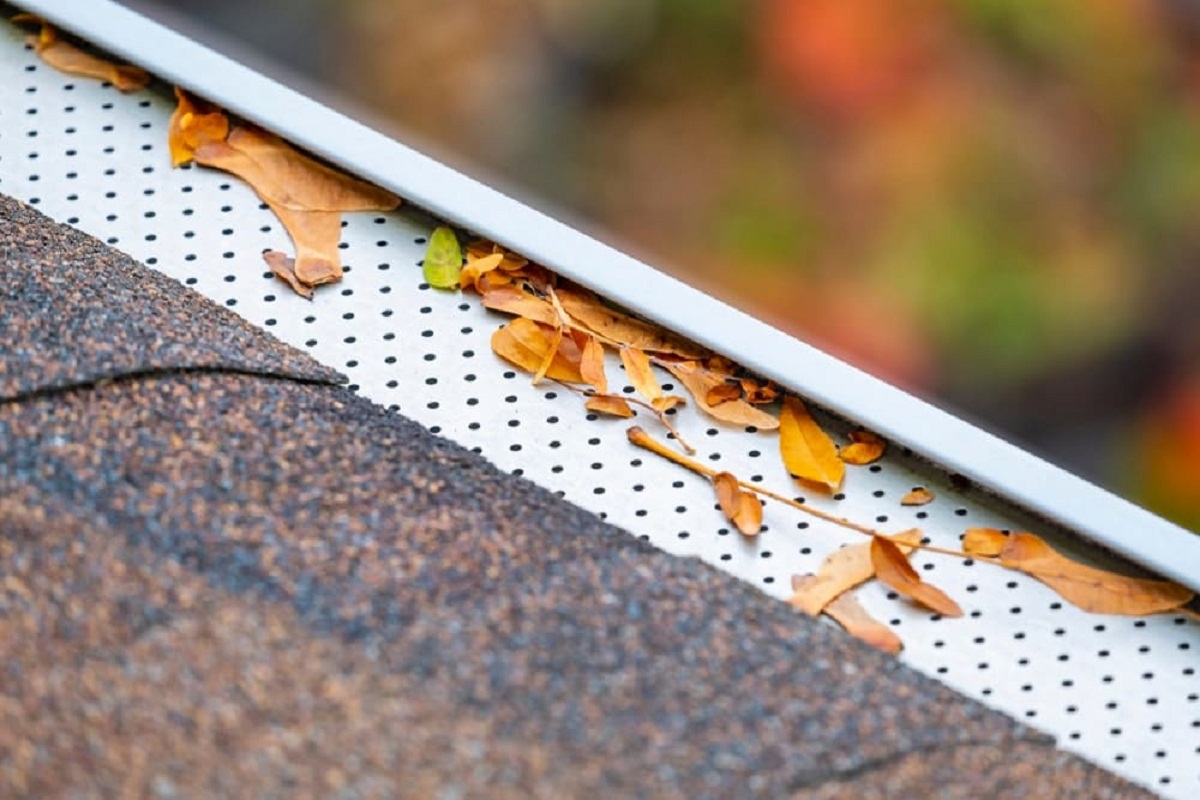
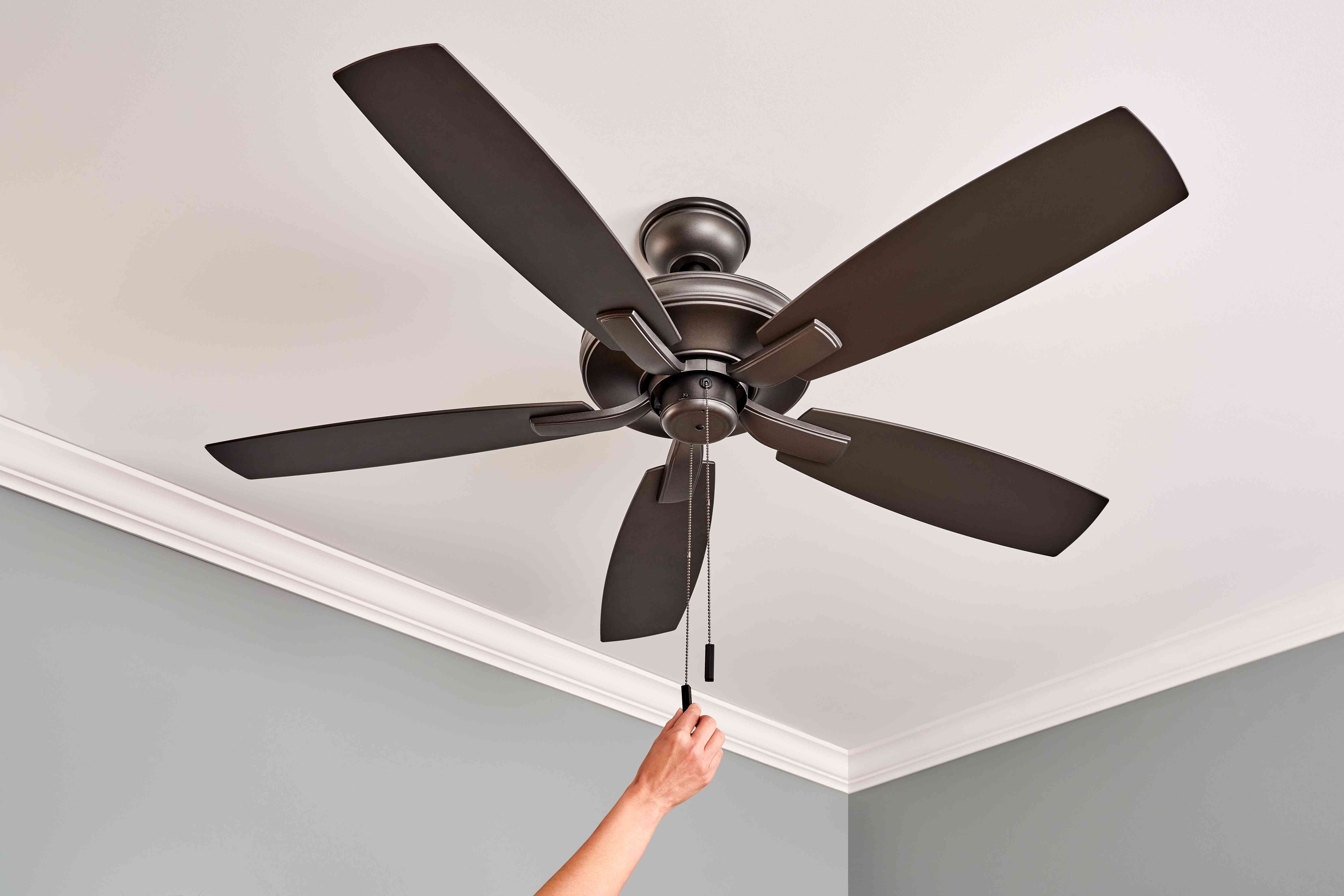
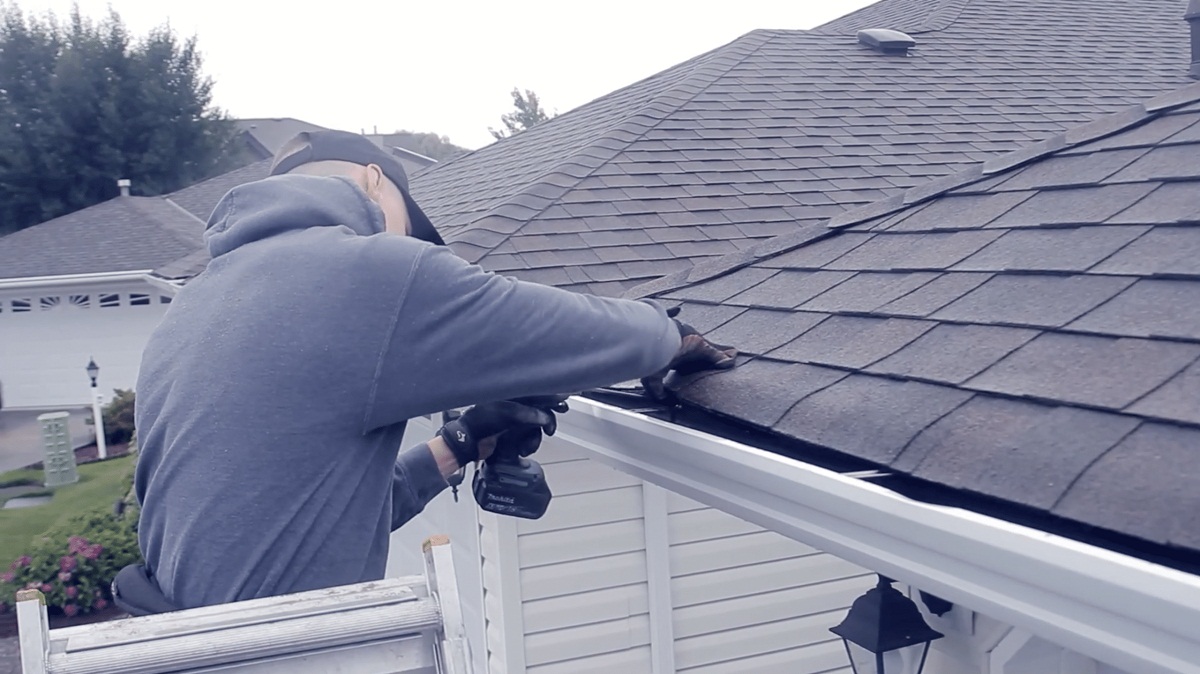


0 thoughts on “How Do Rain Chains Work Without Gutters”